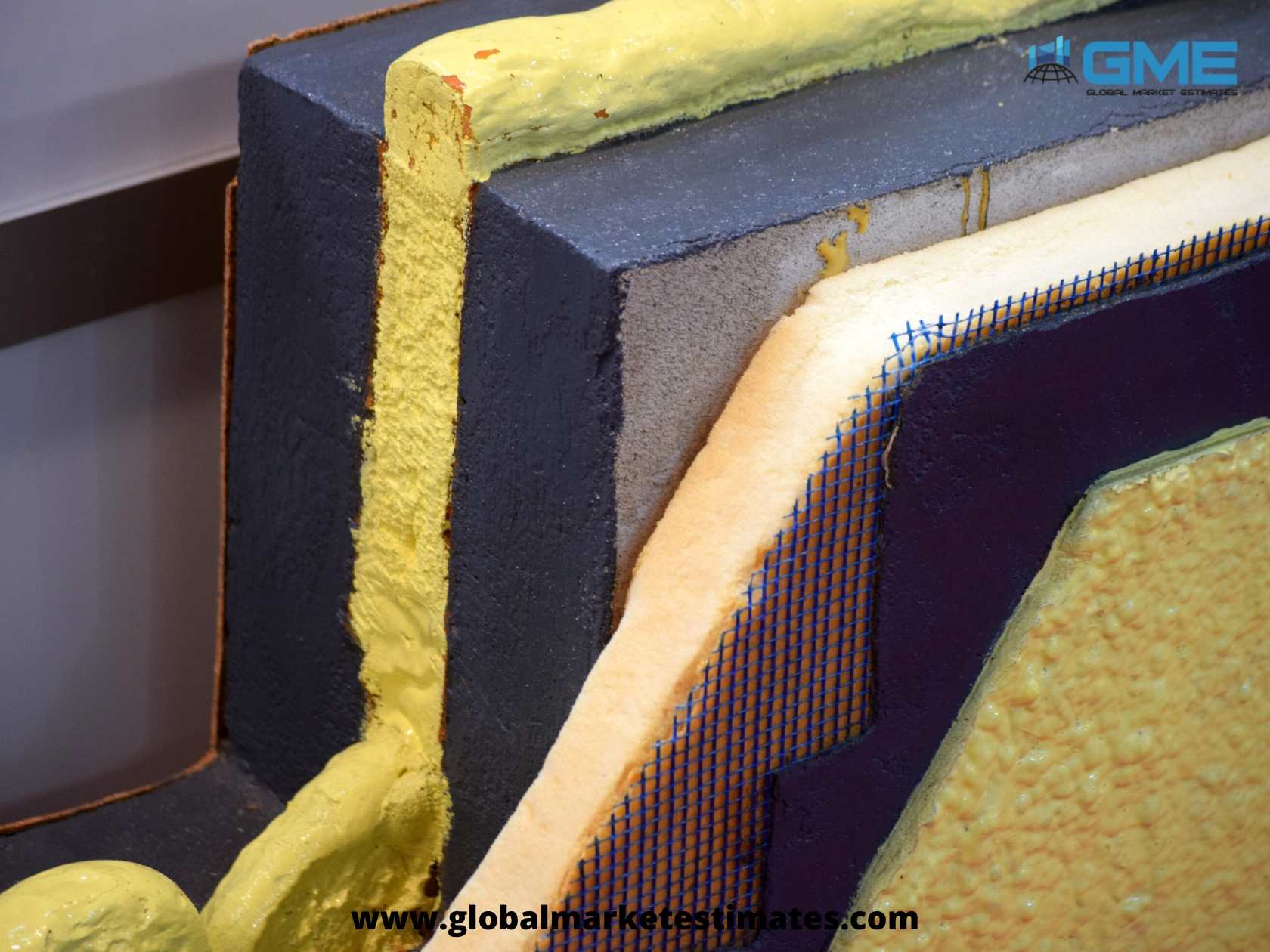The growth in the global polyurethane foam market is a result of the increasing number of end-use industries in developing nations as well as the product’s versatility and unique physical properties. The market is projected to grow at a CAGR of about 7 per cent between 2020 and 2026. An in-depth look into the factors for this growth would point out that the increasing demand for lightweight and durable products in the construction, automotive, and electronics industries are the probable reasons to boost the overall market growth in the ensuing years. Furthermore, the rising use of innovative production technologies for polyurethane (PU) with advanced characteristics is likely to have a positive impact on the overall market growth.
However, stringent environmental policies to control the release of toxic gases on burning of fossil fuels and fluctuating raw material costs are potential threats that could hamper the global polyurethane market during the forecast period. Primary raw materials required for manufacturing polyurethane include MDI, TDI, and other polyester polyols. Moreover, major countries have adopted key reforms to encourage environmental conservation by using eco-friendly ways of product manufacturing.
The global polyurethane market is categorized on the basis of product into rigid foam, flexible foam, coatings, adhesives and sealants and elastomers. Within this category, the flexible foam sub-category dominated the market in 2018. This is due to the rising use as a cushioning material for furniture, bedding and mattresses, seating, and other soft products in several end-use industries. The factor behind the growth of the rigid foam sub-segment is its unique properties, like, strong mechanical strength, sound insulation, and good thermal resistance that make them appropriate for extreme weather conditions and harsh environments. China, India, and Indonesia accounted for a significant share in this segment owing to an expanding construction and furniture sector. Lastly, the elastomers sub-segment is likely to grow at a fast pace during the forecast period.
The global polyurethane market is segmented on the basis of application into construction, electronics and appliances, furniture and interiors, automotive, footwear, and packaging. Some of the other applications include food and beverage processing, textiles and apparel, and medical and pharmaceutical. The construction sector emerged as a dominant application segment due to rapid industrialization in developing countries and its excellent insulation properties.
Geographically, the Asia-Pacific region emerged as the leading regional market. This region accounted for 48 per cent of the total market volume in the year 2018. The region is estimated to register a revenue-based CAGR of 8.5 per cent over the forecast period. It is due to the developing automotive industry and increasing polymer consumption that the global polyurethane market has witnessed such growth in this region. Moreover, key players are shifting production base to emerging countries like China and India.
Europe has emerged as the second-largest regional market due to the rising demand for polyurethane products from several industries like automotive, furniture, packaging, and construction. The industry is also expected to witness significant growth opportunities in the emerging markets of Central and South America, where demand for athletic footwear has gone up owing to rising number of sports activities in the recent years. The Middle East and African market is estimated to grow at a lucrative pace over the forecast period.
Check the report description at: Global Polyurethane Foam Market, Trends & Analysis - Forecasts To 2026

